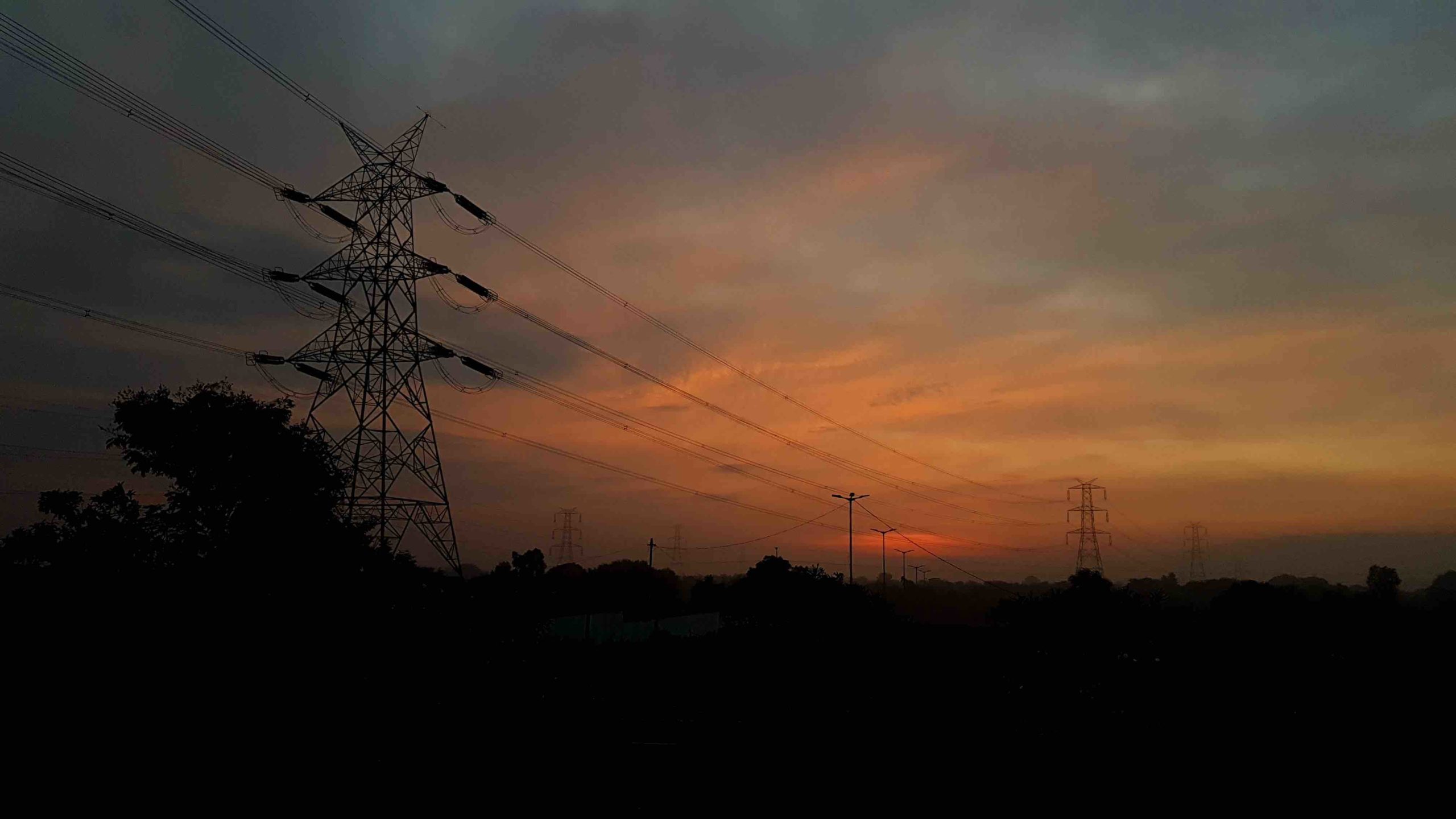At the end of June 2020, the PG&E Corporation announced that it emerged from Chapter 11 bankruptcy. This announcement marks the end of a lengthy and complicated bankruptcy process that started after PG&E equipment sparked deadly California wildfires.
PG&E is one of the largest utility companies in the United States. Headquartered in San Francisco, the company admitted that some of its neglected electrical grid caused severe California wildfires that killed over 100 people. This is the second time in the past 16 years that PG&E has been involved in a complex bankruptcy case.
PG&E’s Chapter 11 Bankruptcy Filing
Last month, a federal judge approved a $58 billion Chapter 11 bankruptcy plan for PG&E. Per the judge’s order, PG&E had to meet a June 30th deadline for completing the process in order to qualify for a $21 billion wildfire insurance fund. The company ended up paying $25.5 billion for losses caused by the California wildfires that happened in 2017 and 2018.
What Happens Now?
Wildfires happen every year. They remain a constant threat in California. Now that the bankruptcy process is finished, PG&E will not use a state-backed fund that can help it pay for future wildfires in California. The utility company also stated that it has placed $5 billion into a trust fund for wildfires.
PG&E Plans to Replace its CEO
PG&E now plans to replace its current CEO, Bill Johnson. Johnson resigned from the position on June 30th after 14 months as the active CEO. Additionally, PG&E has completely overhauled its board of directors, including adding 11 new members who were recently appointed. The company has also split up its territory into more regionally focused units. By creating smaller units, the company hopes to be more responsive to the needs of the 16 million California residents who rely on them for electricity.
PG&E Still Need to Raise Money to Pay for Improvements
Completing the Chapter 11 bankruptcy process is just one of many hurdles PG&E will need to go through. The restructuring plan required that the company double its already large amount of debt. Critics of the bankruptcy plan are concerned that the company’s enormous debt will make it difficult, if not impossible to raise the remaining capital that it needs. For example, the company needs approximately $40 billion for improvements to its electrical grid that are absolutely necessary.
The last time that PG&E emerged from bankruptcy was in 2004. After the bankruptcy was completed, electricity rates increased dramatically. Critics of the company say that it focused too much on boosting profits instead of upgrading its services.
Contact an Experienced San Diego Bankruptcy Law Firm Today
If you are a business owner who is considering filing for bankruptcy, you are not alone. The legal team at Bankruptcy Law Center is ready to help you determine whether filing for Chapter 11 bankruptcy may be the best option for your business. Contact our law firm today to schedule your initial consultation.





